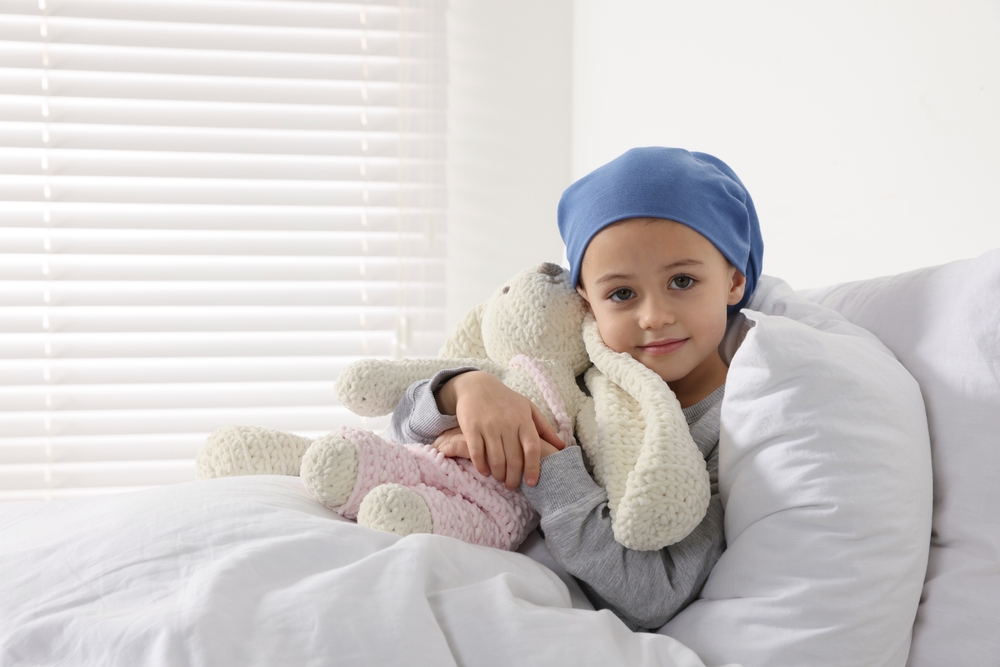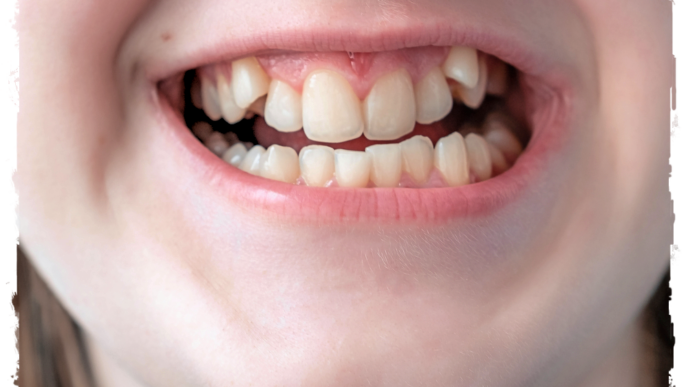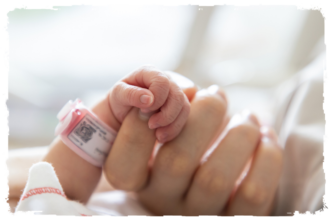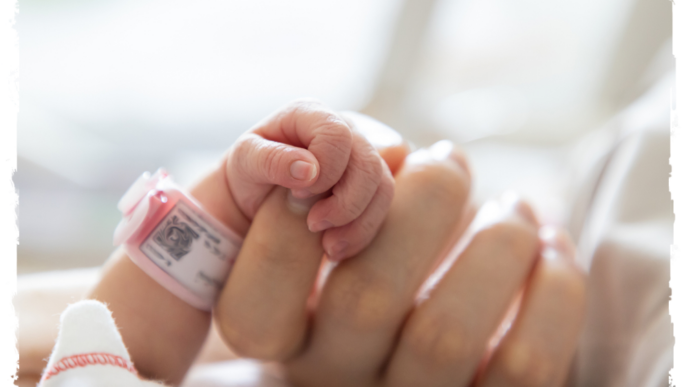WORDS LIM TECK CHOON
 FEATURED EXPERT FEATURED EXPERTDR YAP TSIAO YI Consultant Paediatric Haematologist & Oncologist Sunway Medical Centre |
BONE CANCER IN CHILDREN & ADOLESCENTS
Primary malignant bone tumours account for 3% to 5 % of cancers in children and adolescents.
| The word ‘primary’ is a reference to the place where the cancer first began. For example, if the cancer started in the lungs, then the ‘primary’ site of the cancer is the lungs. ‘Primary malignant bone tumours’, therefore, describes cancerous growths that started in the bone, with the potential of spreading to other parts of the body if not treated. |
Osteosarcoma is the most diagnosed bone tumour, accounting for 20 to 40% of all bone cancers.

Ewing’s tumour or Ewing’s sarcoma make up about 1% of all childhood cancers.
| Ewing’s tumour is a rare type of cancer that usually starts in the bones or the soft tissues around them, like muscles. It most commonly affects children and teenagers. Affected individuals will experience pain, swelling, or a lump in the affected area. Early treatment, which often includes a combination of chemotherapy, surgery, and/or radiation, is important for the best outcomes. |
MORE DETAILS ABOUT OSTEOSARCOMA AND EWING’S TUMOUR
According to Dr Yap Tsiao Yi:
Osteosarcoma
- Osteosarcoma is the cancer of bone-forming cells called osteoclasts.
- It is the most common bone tumour in childhood, typically occurring during puberty.
- Usually appears around the knee, shoulder, ankle, or pelvic bone.
Ewing’s Tumour
- Can affect both bones and soft tissues around the bone.
- Commonly occurs in the extremities, pelvic bone, and sometimes the spine.
- Compared to osteosarcoma, it can affect children at a wider age range—teenagers and sometimes younger children.
| COMMON POSSIBLE SYMPTOMS OF BONE CANCERS IN CHILDREN |
|
NOTABLY AGGRESSIVE AND PROGRESSES RAPIDLY
“In Malaysia, over 55% of bone cancer cases were in stage 4,” says Dr Yap. “These diseases progress quickly, requiring intensive chemotherapy, surgery, and sometimes radiotherapy.
Early detection significantly improves survival rates. The survival rate for cancers that have not yet spread outside the primary location is about 75%, compared to 25% for cancers that have undergone metastasis or spread outside the primary location.
Hence, early diagnosis is crucial. Dr Yap emphasizes the need of timely medical attention once symptoms occur in a child.
“Some parents may delay seeking medical attention, sometimes opting for alternative therapies first,” she says, citing a common example of why parents often delay seeking proper treatment for their children. “By the time they consult a doctor, the tumour may have grown and metastasized which diminishes the survival rate of the disease significantly.”
HOW IS BONE CANCER DIAGNOSED IN A CHILD?
- Dr Yap shares that most doctors will start with an X-ray to detect a bone tumour.
- If osteosarcoma is suspected, a CT scan of the lungs may be necessary (osteosarcoma often spreads to the lungs).
- For soft tissue involvement, a CT scan or MRI might be necessary.
- For Ewing’s sarcoma, one may require a positron emission tomography (PET) scan and bone marrow aspiration to assess the extent of the disease.
TREATMENT OPTIONS
Dr Yap reveals that treatment typically involves a combination of surgery, chemotherapy, and radiotherapy.
- For tumours that cannot be fully removed with surgery, treatment for sarcoma usually includes a mix of surgery, chemotherapy, and radiotherapy.
- Chemotherapy and radiotherapy are used before surgery to shrink the tumour.
- They are also used after surgery to destroy any leftover cancer cells.
“This combination helps improve the chances of success and lowers the risk of the cancer coming back,” Dr Yap tells us.
Surgery is essential to remove the tumour and surrounding tissues.
- In some cases, it is possible to replace the affected bone with a prosthesis.
- “Children are growing, so choosing the right prosthesis, which can be lengthened as they grow, is a complex procedure,” explains Dr Yap.
| This article is part of our series on children’s health and the health issues that can affect them. |














